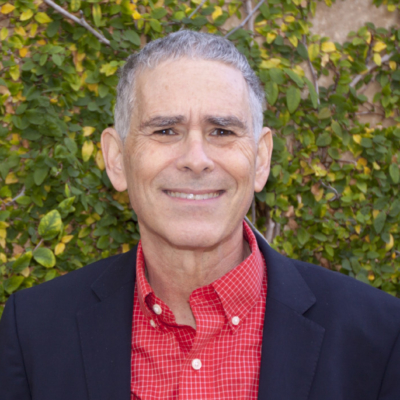California Offers Budgetary Lessons For U.S. Government, Stanford Professor Says
Summary
Professor Joseph Bankman spoke with Stanford News regarding about the impact Proposition 30 has had on California's budget situation, and how the strategy might be emulated nationwide.
Stanford law Professor Joseph Bankman argues that California's budgetary actions offer a blueprint for resolving the federal budget stalemate. The success of Proposition 30, passed in 2012, shows that people may be willing to support higher tax rates to maintain government services.
…
Once the fodder of late-night comedians, California's budgetary strategy is actually one that national lawmakers might emulate, a Stanford tax scholar says.
Just two years ago, California's budget situation was among the worst in the nation, wrote Joseph Bankman, a law professor at Stanford University, in a new journal article. The Golden State's annual budget deficits soared past $20 billion, its net asset deficit was more than $127 billion, and the state legislature seemed dysfunctional.
…
“California voters defied the conventional political wisdom in resoundingly embracing Prop. 30 by an over-10 percent point margin, 55.4 percent to 44.6 percent,” wrote Bankman and his co-author Paul Caron, a law professor at Pepperdine University.
Proposition 30 stabilized California's school funding for the first time since the Great Recession began, allowing school districts to avoid thousands of teacher layoffs, Bankman said. And it gave the state a way to balance its budget for the first time in years, without cutting deeply into social programs.
The big fear about Proposition 30 was that the higher tax rates would induce wealthy individuals and companies to move out of state or create a new business somewhere other than California. But, Bankman said, previous studies have shown that tax increases of this magnitude are not a major driver of interstate moves.
…
Still, the state of California is not out of the woods by any stretch, Bankman warned. “Unfunded liabilities exceed $300 billion, with $80 billion for teachers' pensions,” he wrote, noting that these liabilities continue to accrue each year “off budget,” which has the effect of hiding overall costs to citizens.
…
Bankman said, “We believe the public weighed these costs (higher taxes, possible out-migration) against the economic and social costs of bankruptcy, including sudden disruptions in services. Voters accepted the former costs to avoid the latter costs, and at this point appear happy with that decision.”
…
“Thirty-six years later, California Prop. 30 might represent a similar watershed moment, in which federal and state politicians who are willing to realistically acknowledge the need for greater tax revenues are rewarded by voters,” wrote Bankman, the Ralph M. Parsons Professor of Law and Business at Stanford University.
…
Bankman said he believes that the failure of both political parties in Washington, D.C., to remedy the federal budget imbalance threatens the future of the nation. There is no easy, one-way solution.
He noted that over the past 40 years, federal spending has averaged 20.5 percent of GDP while federal revenues have averaged 17.4 percent of GDP. The 3.1 percent gap between revenues and spending has produced a $17.7 trillion federal debt held by the public. This constitutes 74 percent of the nation's gross domestic product, the highest in U.S. history and double the percentage as recently as 2008.
“As sobering as these numbers are, they pale in comparison to future projections,” he wrote.
Virtually all economists agree, Bankman said, that an ever-increasing debt-to-GDP ratio threatens the prosperity of future American generations. And simply making spending cuts alone will not reduce the debt.
“The need for more revenue is therefore inescapable,” he said.
As a next step, he urged tax scholars to focus their energies on the “existential financial threat facing the nation in the coming years.”
Read More
